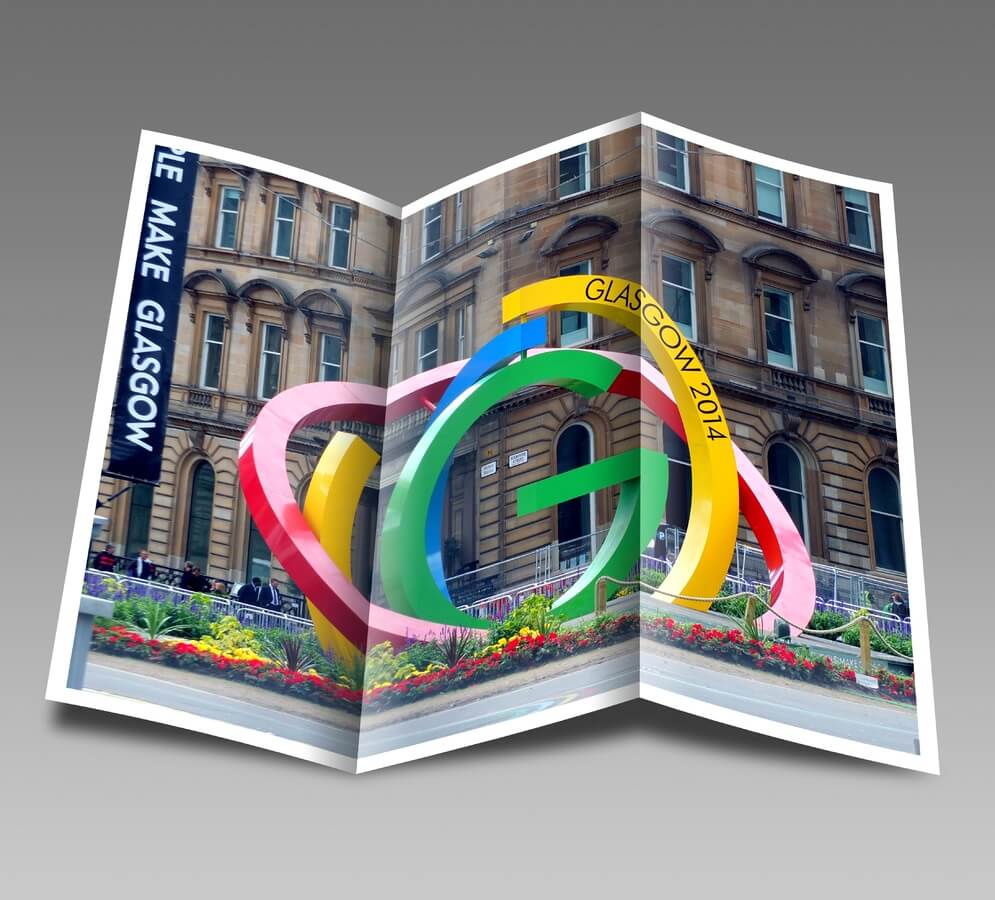…a guest posting by Andrea Kihlstedt
What personality traits make up an ideal nonprofit fundraiser? In my last post, I discussed the common misconception that you’ve got to be an extrovert to connect with donors. In that post – and in my most recent book – I’ve shown that many of the introverts among us can bring unique strengths to the fundraising table.
Today it’s time to talk about another common misconception about fundraising: the idea that, to get the gift, you have to be able to speak from the heart. You know the kind of person I’m talking about – whether a famous orator like Martin Luther King, Jr. or your organization’s executive director when she gives a talk that brings people to their feet, some individuals have the gift of moving hearts to action.
Few of us doubt that a person like this can become a great fundraiser. As you know, fundraising is about building relationships – and who doesn’t want to have a relationship with someone who knows how to make them feel wonderful and inspired?
But what about the people in your organization who lead from their heads rather than their hearts? I’m sure you know many individuals like this – those folks who want “the facts,” and who prefer thinking logically to thinking emotionally. They care about details and want to know how things work … and why.
You might think that someone like that would bore donors to tears – and if allowed to take the analytic side of their personality to extremes, they might do just that. However, it is also true that, with the right training and encouragement, the analytical thinkers in your organization can be very effective at motivating some donors to give major gifts.
When I was first coming up with the Asking Styles system, one of the first people I thought about in this regard was my husband, Tyko. On the surface you might not think Tyko would be a good fundraiser; he’s a retired academic who prefers the logical approach, rather than the emotional.
On the other hand, Tyko would be the perfect person to send to meet with donors who, like him, are interested in the facts about your organization and exactly what their gift will accomplish.
By their nature, analytic thinkers would never consider meeting with a donor unless they have a firm grasp of the facts about the organization they’re about to represent. If the donor wants to know the rate of return on your endowment investments last year while considering an endowment gift, your analytic thinker won’t just have the simple answer. He or she will probably also be able to explain your investment strategy and your fund’s projected earnings for the next five years.
So yes, an analytic thinker has the potential to bore donors who prefer to lead from their hearts. On the other hand, donors who are more interested in the facts aren’t likely to connect anywhere near as well with intuitive, emotion-based presenters.
As a heart-based, intuitive thinker myself, I can’t tell you how many times I’ve wished I had an analytic thinker with me while being peppered with detail-oriented questions by donors!
While I am generally well-prepared with stories and basic information, talking about facts takes me out of my flow and actually makes it harder for me to connect with a donor. But combine an intuitive person like me and an analytical thinker like Tyko, and you’ve got a team that can both inspire and inform a donor no matter what their style.
With more than thirty years’ experience in this field, I’ve discovered that virtually anyone can become a successful fundraiser – introverts as well as extroverts, and analytical and intuitive thinkers alike.
The real key is to encourage every person who helps with your organization’s fundraising to be their authentic self, to create teams with complementary personality traits (or as I call them, Asking Styles), and to pay attention to your donors well enough to understand which approach(es) will work best for them.
=-=-=-=-=-=-=-=-=-=-=-=
Want to find your asking style, use Andrea’s Asking Style Assessment; and, if you want to read more about Asking Styles, take a look at Andrea’s book, Asking Styles: Harness Your Personal Fundraising Power. You can contact Andrea at Andrea Kihlstedt.
=-=-=-=-=-=-=-=-=-=-=-=-=-=
Have you seen
The Fundraising Series of ebooks ??
They’re easy to read, to the point, and inexpensive ($1.99 – $4.99)
=-=-=-=-=-=-=-=-=-=-=-=-=-=














![Have You Seen Your Online Reputation? [Infographic] Have You Seen Your Online Reputation? [Infographic]](https://www.mdgadvertising.com/blog/wp-content/uploads/2013/05/online_reputation_1000.png)
